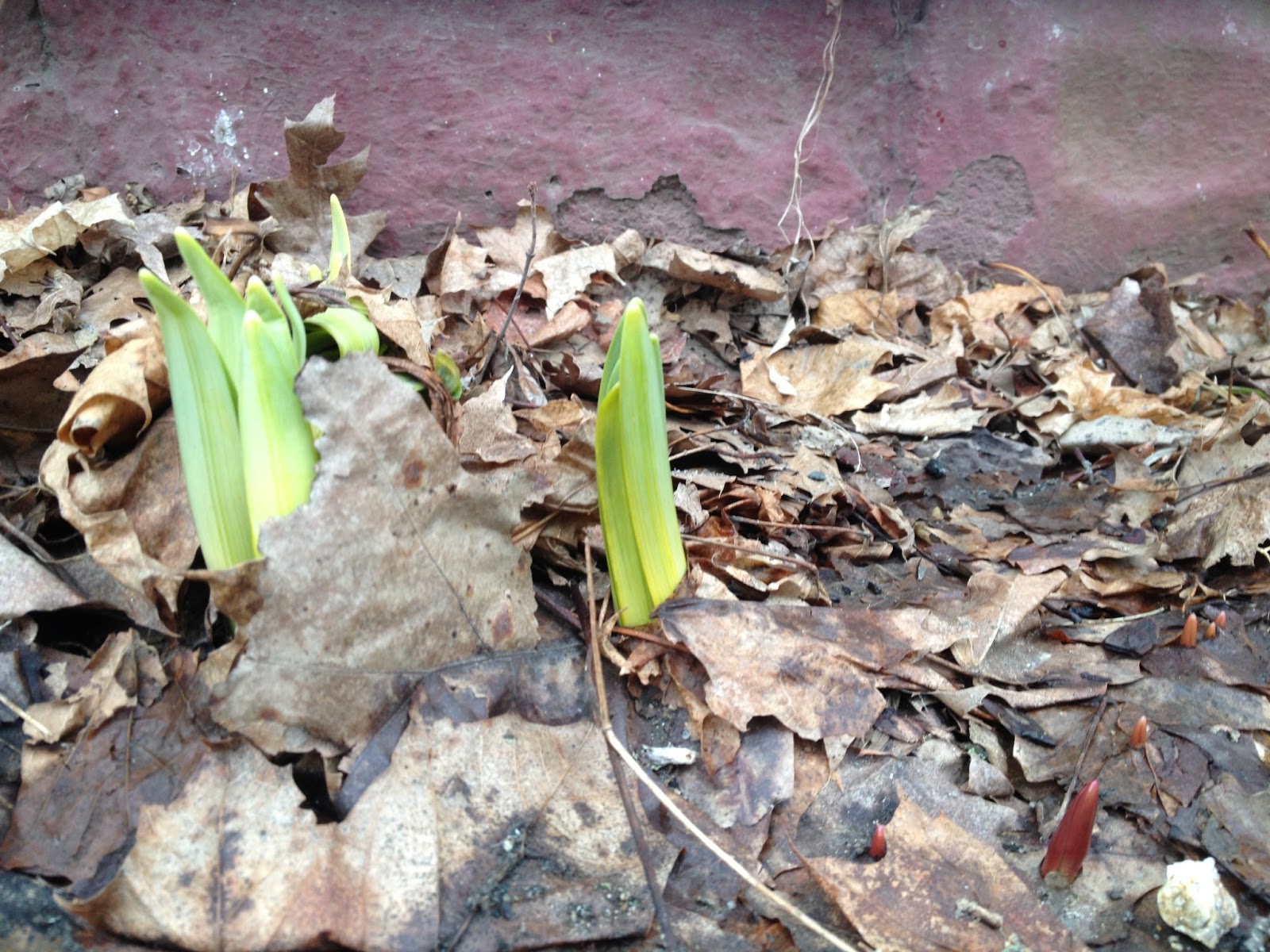Spring Bulb Care

With any luck you are starting to see the telltale sign of little green leaves pushing their way through the surface of your garden. Assuming you planted some tulip, daffodil or crocus bulbs last fall it’a about the time for them to make their appearance. It has been pretty cold recently so depending on the exposure of the plant bed it may be a slow intro. That being said if you’re like me you keep checking every day and wondering what sort of care they will need once they do arrive.
In my research I have come to the conclusion there’s not much to do once they actually get here. Anticlimactic right? Let’s instead talk about the stages of these flowers that you are going to witness and your role in each stage.
Stage 1
This has already passed over the winter. When you planted your bulbs in the fall they immediately began to set roots. Hopefully the soil where there were planted had sufficient drainage as with the wet fall the precipitation in the fall and winter could cause the bulbs to rot. This could be the problem if you’re not seeing any green yet.
Stage 2
This is now! As the ground thaws green shoots begin to push towards the sun. This will happen quickly (assuming it stays above zero) in fact you should see flowers in 2-4 weeks from the first sign of green.
Stage 3
This is bloom time, this year I’m guessing it will be likely mid to the end of April and carry through well into May.
Stage 4
This is the most critical time in the lifecycle of your bulbs. They are soaking up all the energy from the sun through the leaves and under no circumstance should you remove them. Let them die back naturally. If they’re really unsightly you can bend them over and secure in a knot with a bit of twine or a rubber band. Or, plant some new annuals around them to hide the yellowing foliage.
If you do plan to split and transplant them be sure to dig them up with the leaves still on as they will die back even faster if disturbed. Dig and shake the soil off bulbs should separate naturally, otherwise plant back ones still joined together. Don’t try forcibly pry bulbs apart.
It’s also the stage to feed your bulbs! ensure to top dress the soil with a slow release fertilizer with a nutrient ratio of 3-10-0 or with a bone meal with the ratio 4-10-0.
Well, that’s it for this week, we’d love to see photos of your spring flowering bulbs.

